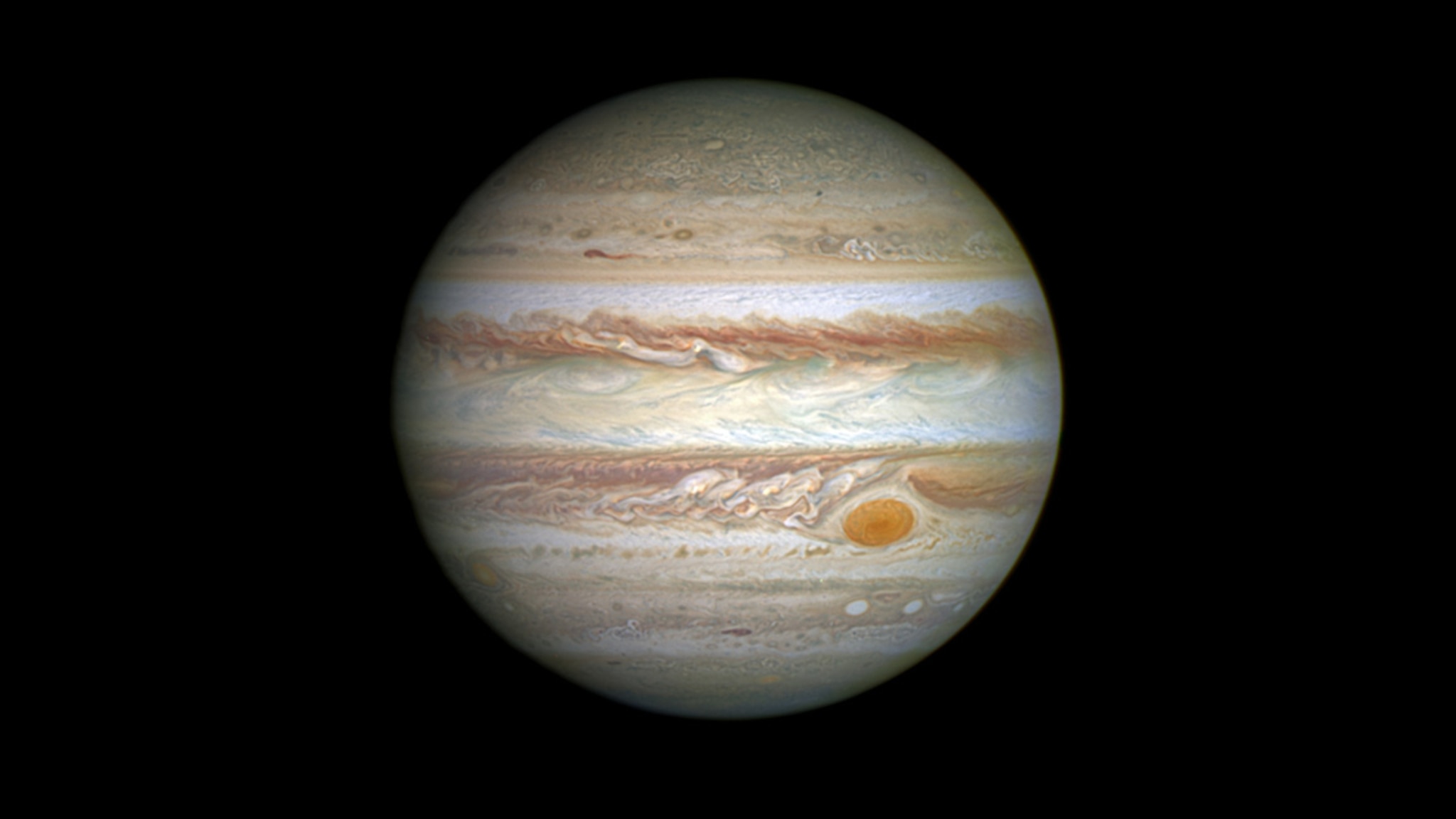Jupiter is a gaseous planet and its internal masses can move generating oscillations similar, in some ways, to sea waves and earthquakes.
These mass shifts cause small variations in the planet's gravity.
A new study, coordinated by
Daniele Durante
of the Mechanical and Aerospace Engineering Department of the “La Sapienza” University of Rome, revealed, thanks to measurements made by NASA 's
Juno
space probe , how
Jupiter's gravity field is perturbed by internal oscillations
, that is, real waves that propagate from one part of the planet to another.
In particular, the highly sensitive instruments of the space probe orbiting the planet have made it possible to measure the periods of oscillation of the most energetic modes, which are of the order of 15 minutes and which
generate waves of amplitude between 15 and 80 meters.
on surface.
The results of the research, carried out by an international team and partly funded by the Italian Space Agency, have been published in the prestigious scientific journal
Nature Communications
.
The mission of the Juno probe, in orbit around Jupiter since 5 July 2016, has as its main objectives the study of the processes of formation of the internal structure, the magnetic field and the atmosphere of the planet.
Jupiter, which alone has a mass two and a half times greater than that of all the other planets combined, is composed almost exclusively of hydrogen and helium.
Its interior is not directly observable and to understand its deeper structure, accurate measurements of the gravitational field, expression of the distribution of the planet's internal masses, are used.
"About every 52 days - explains Daniele Durante, first author of the study - the Juno probe makes close passages of the planet, about 4,000 km from the cloud limit. At these distances
Juno undergoes small but measurable accelerations
exerted by the internal oscillations of the planet".
The radio science instrument
KaT
(Ka-Band Translator, created by Thales Alenia Space Italy and financed by the Italian Space Agency), present on board the probe, is the heart of the gravity experiment that made it possible to measure the perturbations in the field. gravitational caused by the internal oscillations of Jupiter.
The KaT receives and retransmits the radio signal sent by a special ground antenna located in the California desert,
allowing it to measure the speed of the probe with accuracies of hundredths
of a millimeter per second and variations in gravity 60 million times smaller than Earth's gravity.
The gravity measurements made by Juno had already led to other important discoveries related to the internal structure of the planet, including the depth of strong east-west winds (with speeds up to 360 km / h), which go up to about 3,000 km. below cloud level.
Furthermore, the gravity measurements carried out during two close flyovers of the Great Red Spot of Jupiter made it possible to determine for the first time its depth, equal to about 300 km, much lower than that of the east-west winds.
In the 22 orbits dedicated to the study of the gravitational field of Jupiter, during the first 5 years of the mission, the Juno probe flew over the planet up to 4-5,000 km above the level of the clouds (since Jupiter does not have a real surface ), very accurately measuring the planet's gravity field at each step.
It was thus possible to observe that
the gravity of the gas giant changed slightly over time
.
"For our scientific team - continues Daniele Durante -
by far the most convincing interpretation is the presence of dynamic phenomena such as the modes of oscillation
.
The measurements therefore show a planet in constant motion, not only around its axis of rotation, around which it makes a complete revolution in 10h and 55m, but also inside it. "The outermost layers oscillate vertically for 15-80 meters every approximately 15 minutes, similar to what happens for the terrestrial tides. These modes of oscillation are called 'p-type', since the recall force is the internal pressure. "Similarly to what happened for the Sun with that vast field of research known as helioseismology, the measurement of these oscillations with dedicated instruments can provide in the future - concludes Durante - a much more detailed description of the internal structure of the planet than is possible today ".

